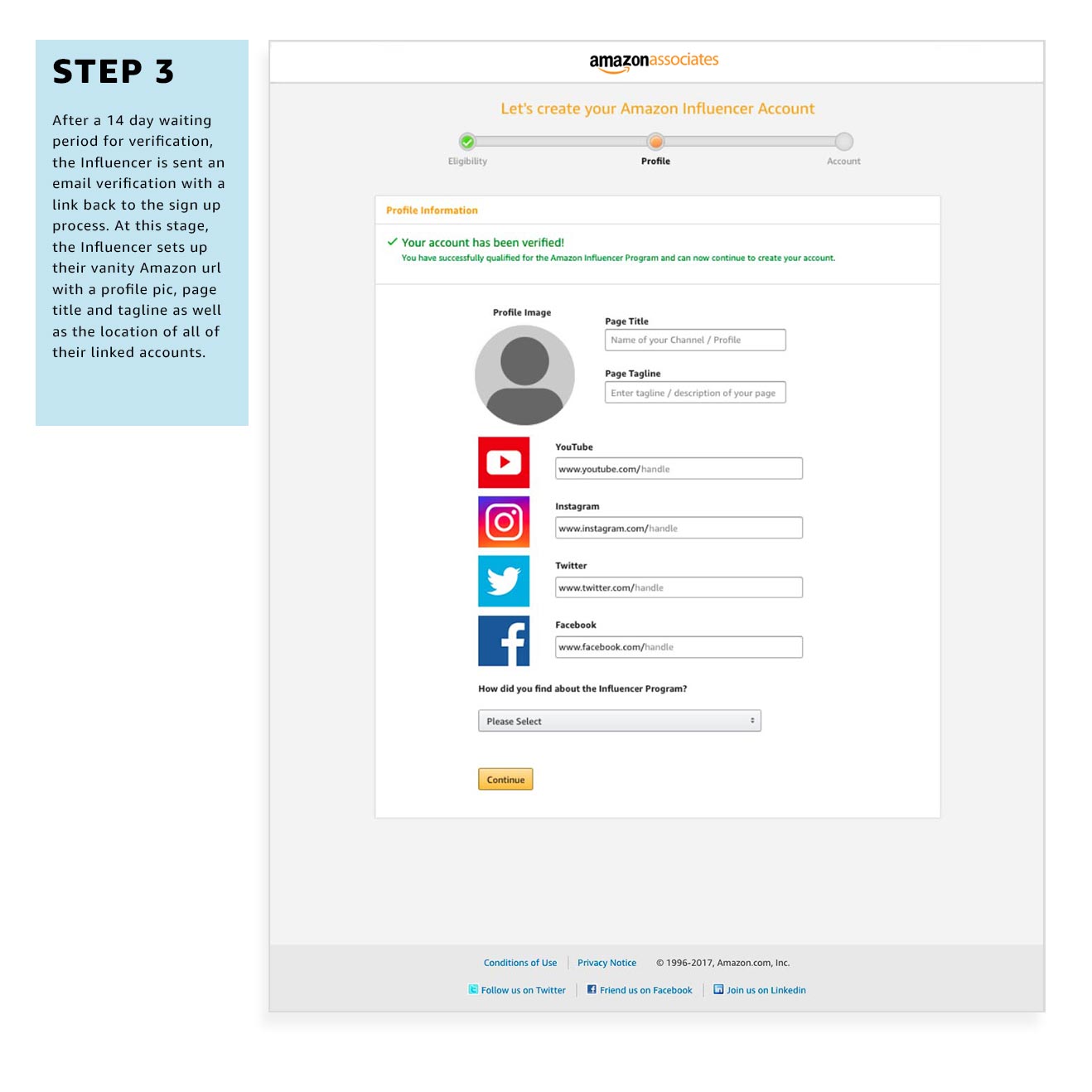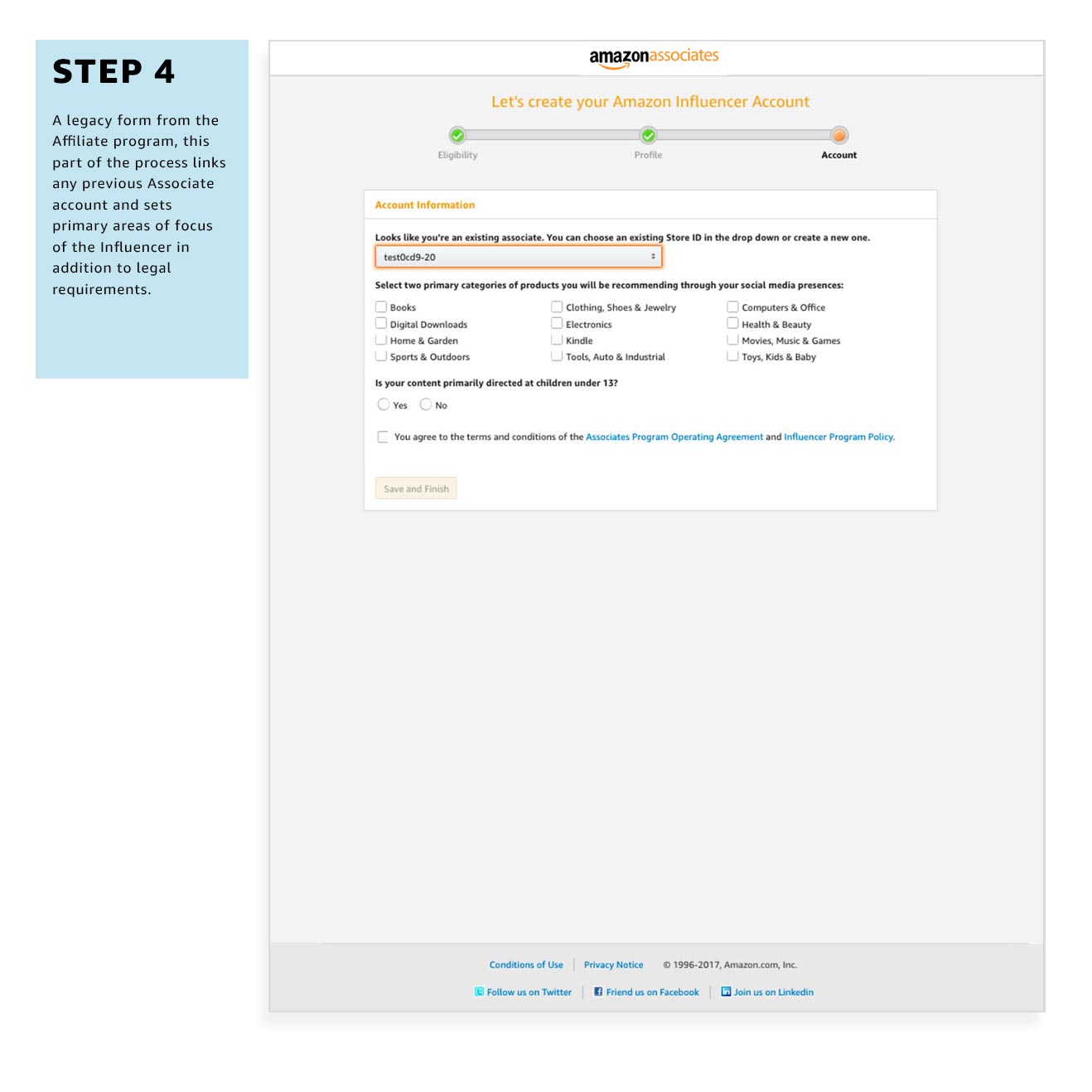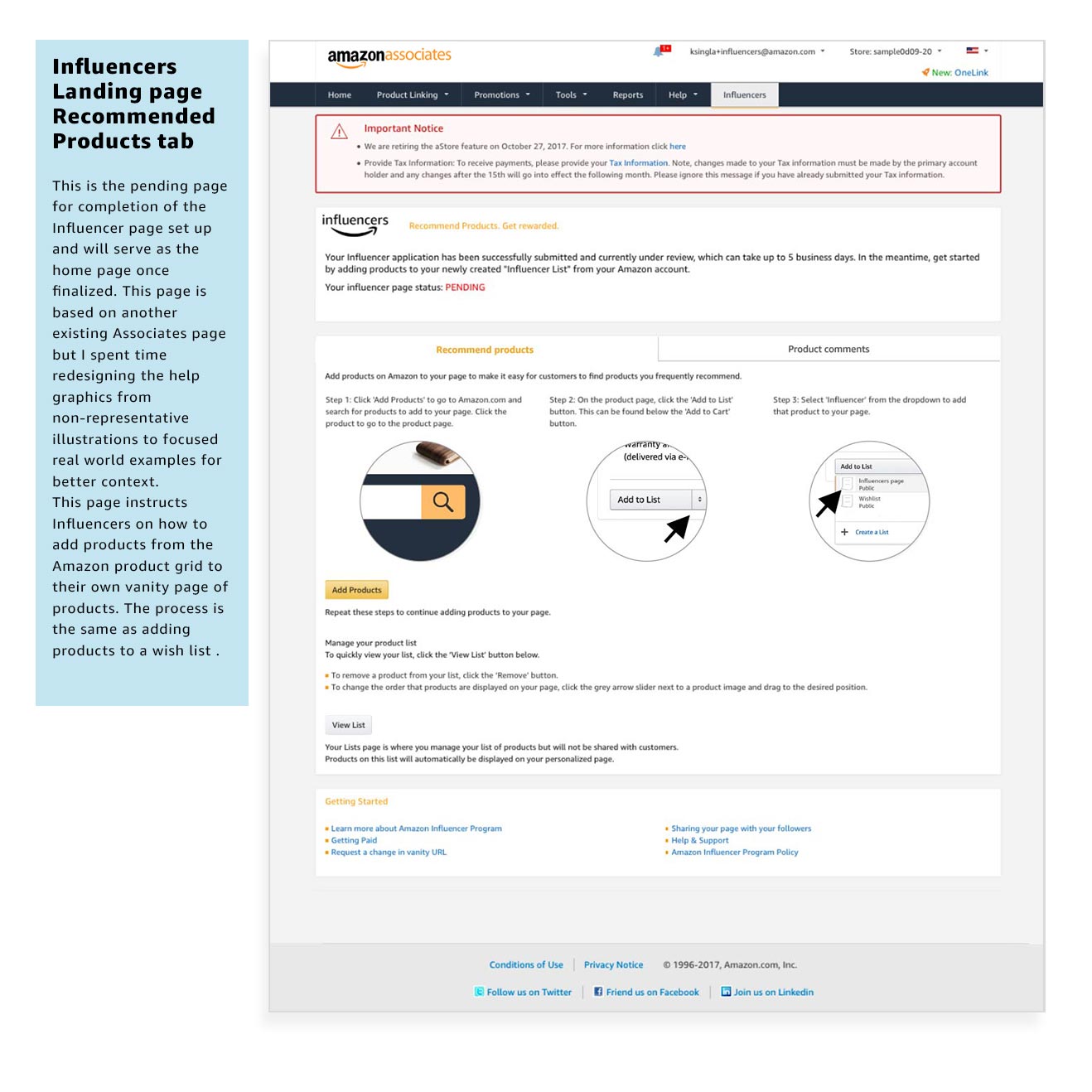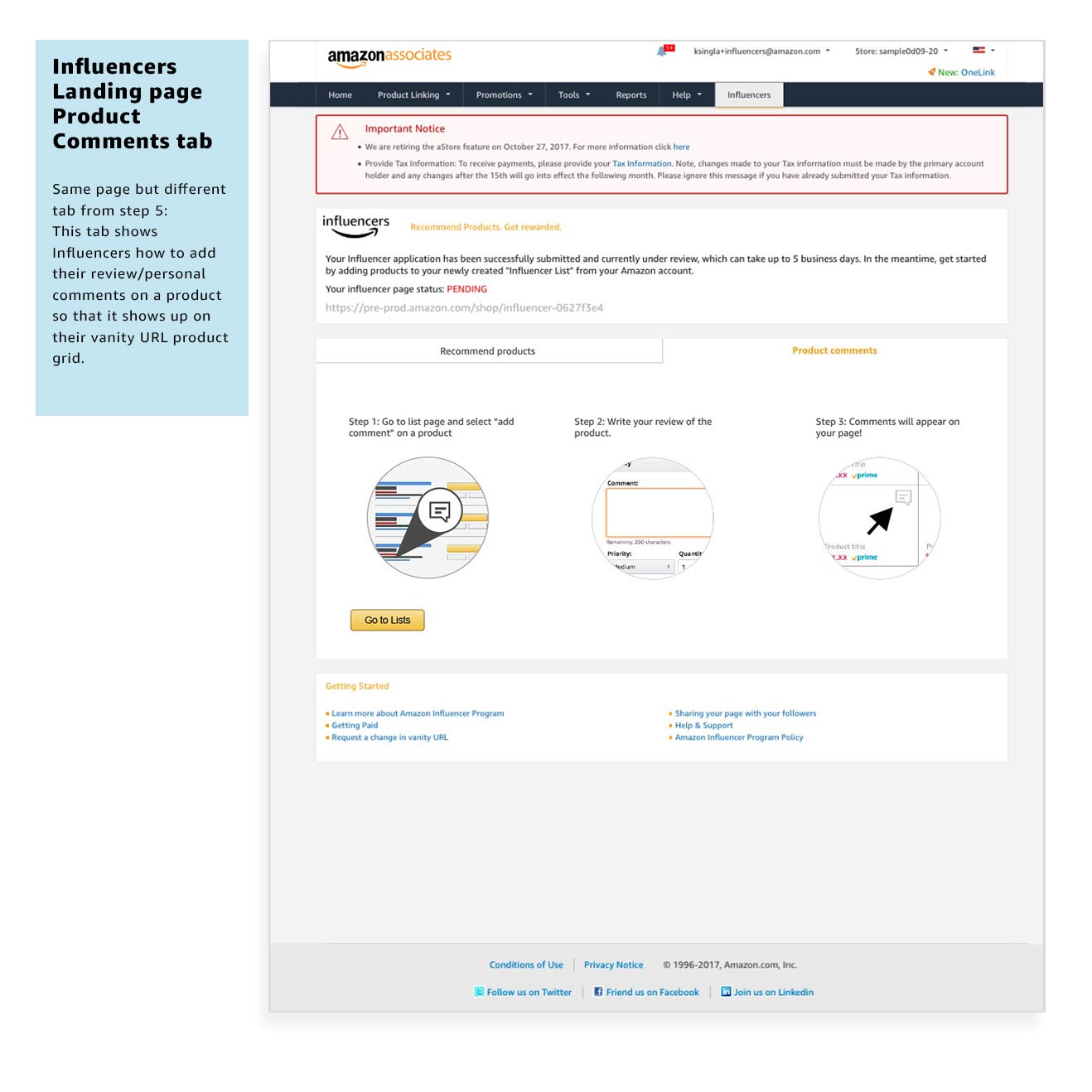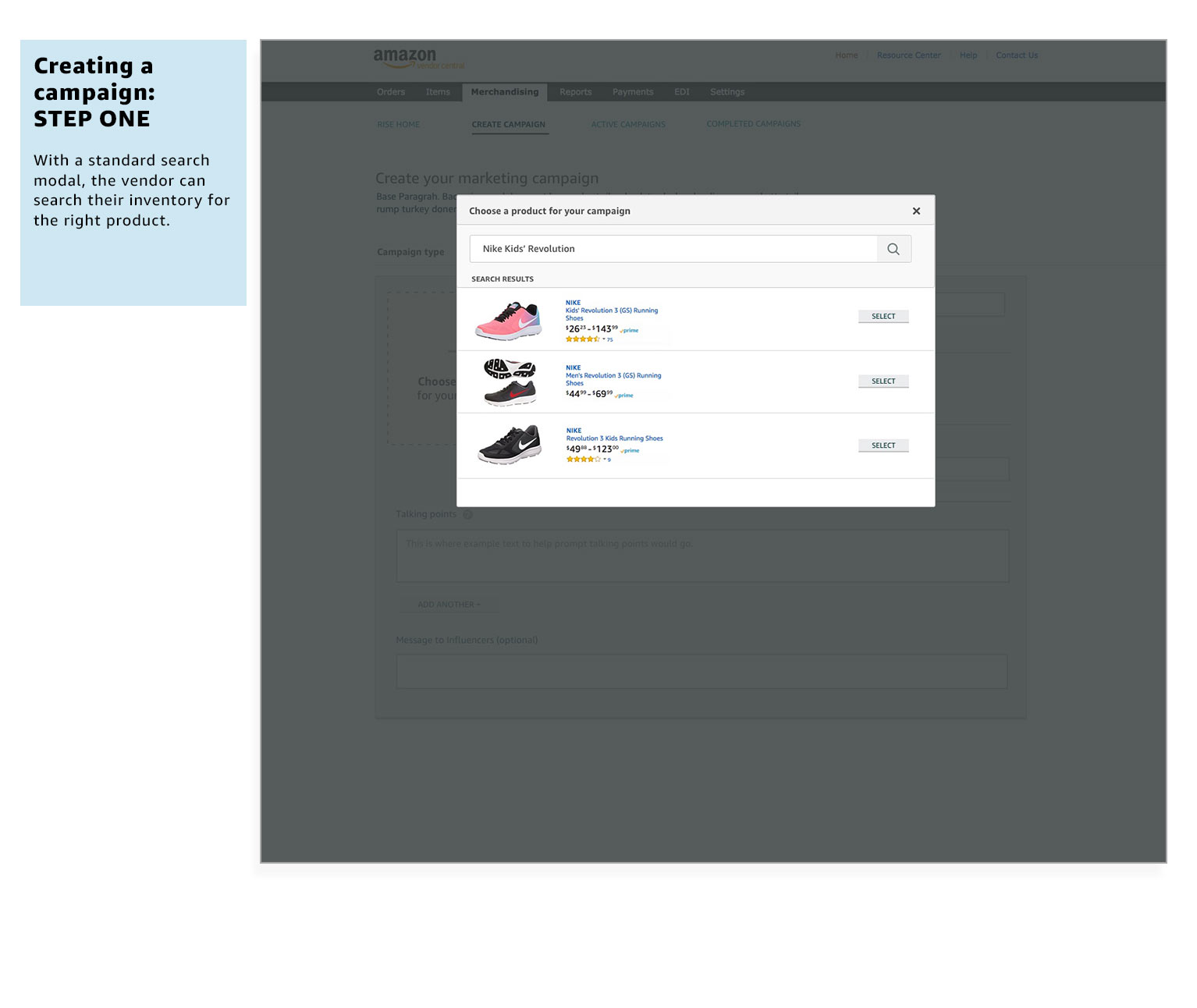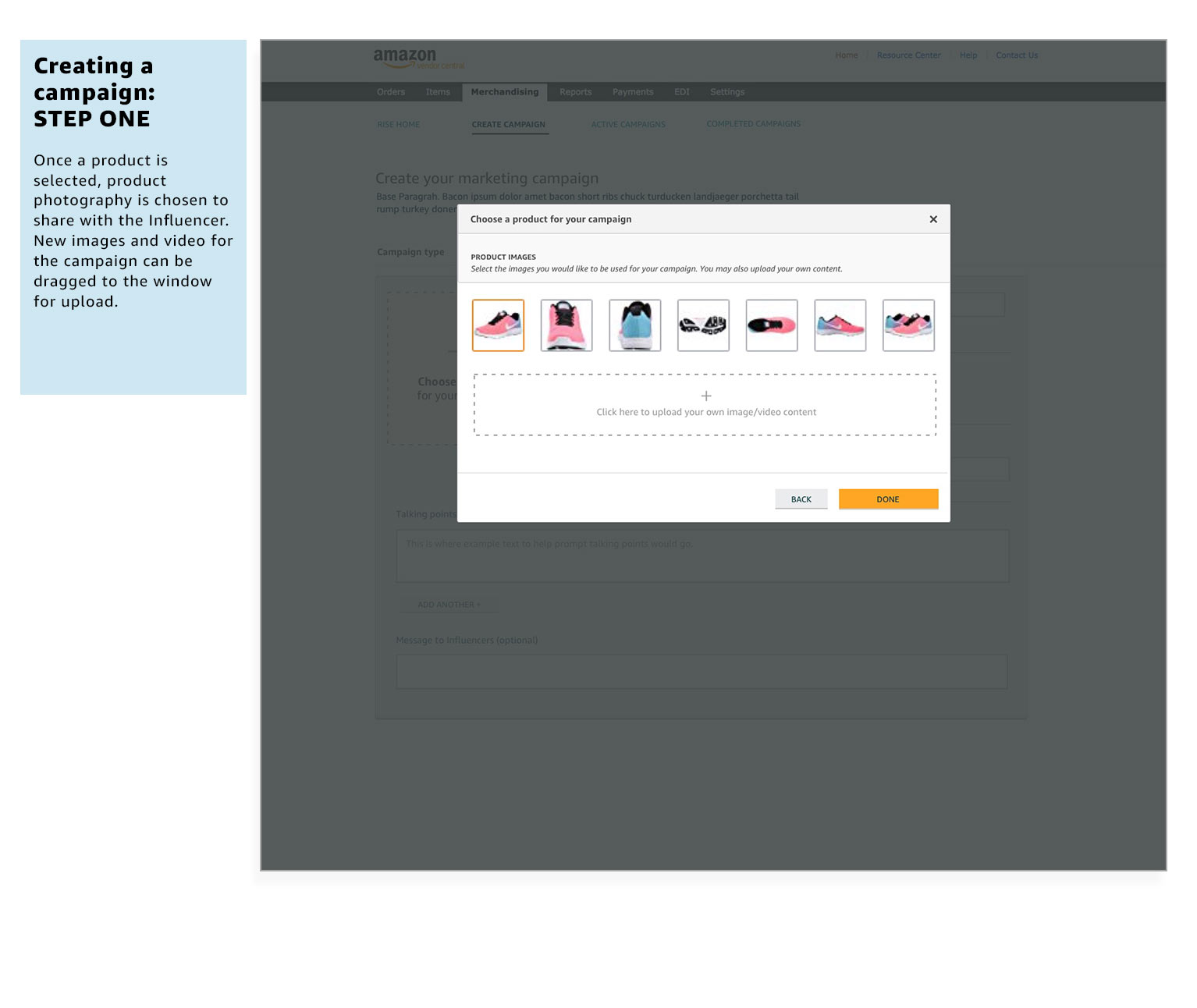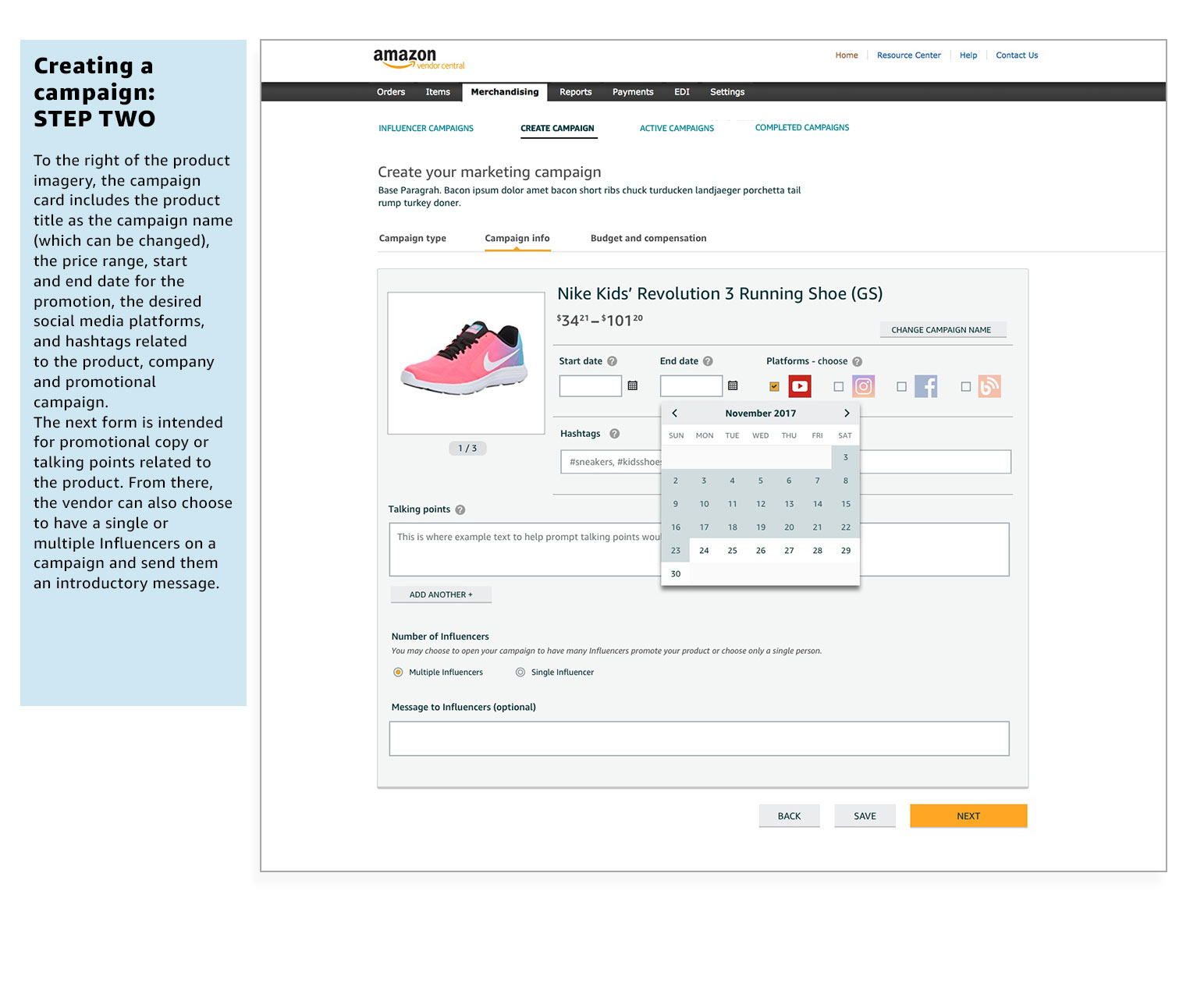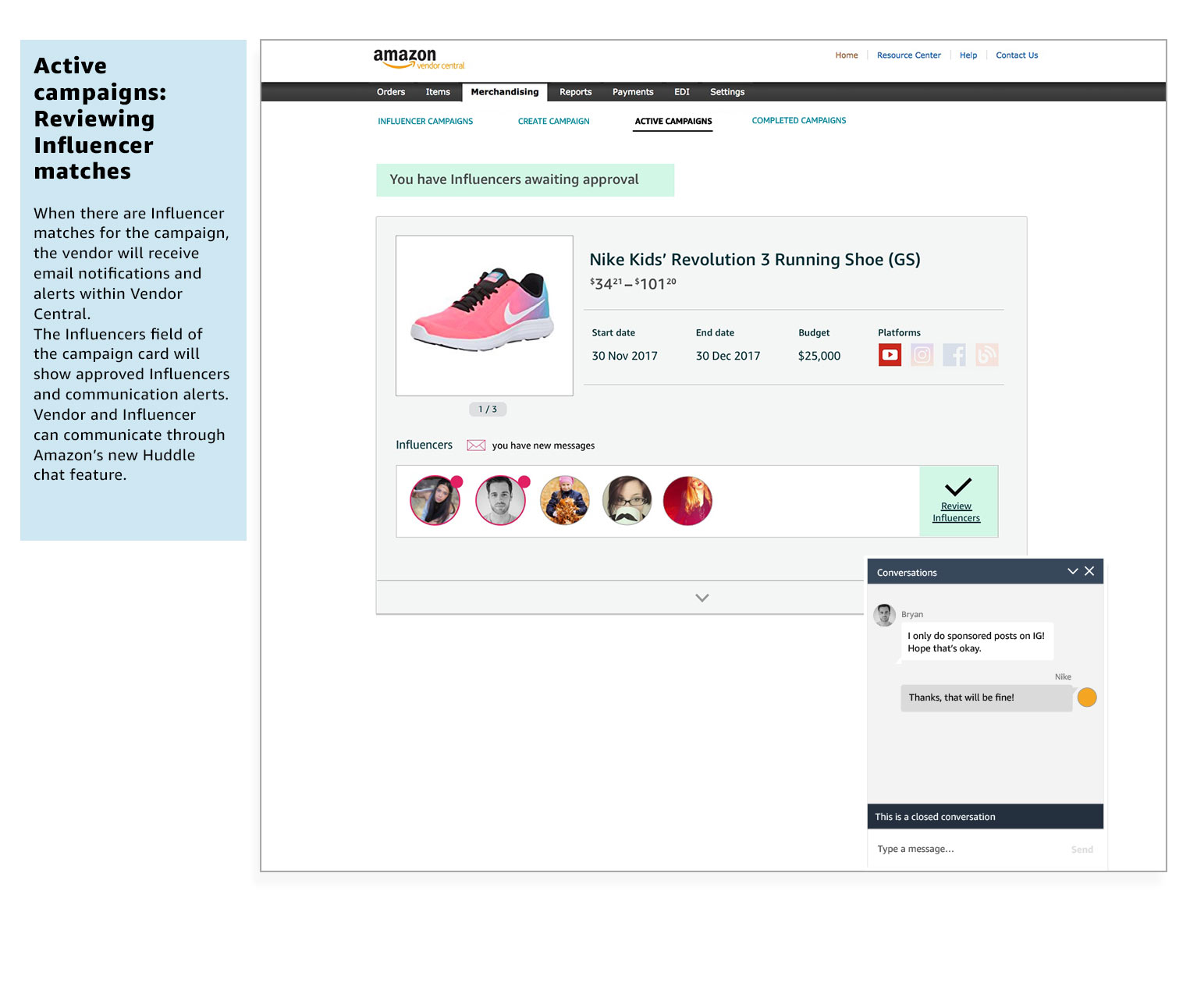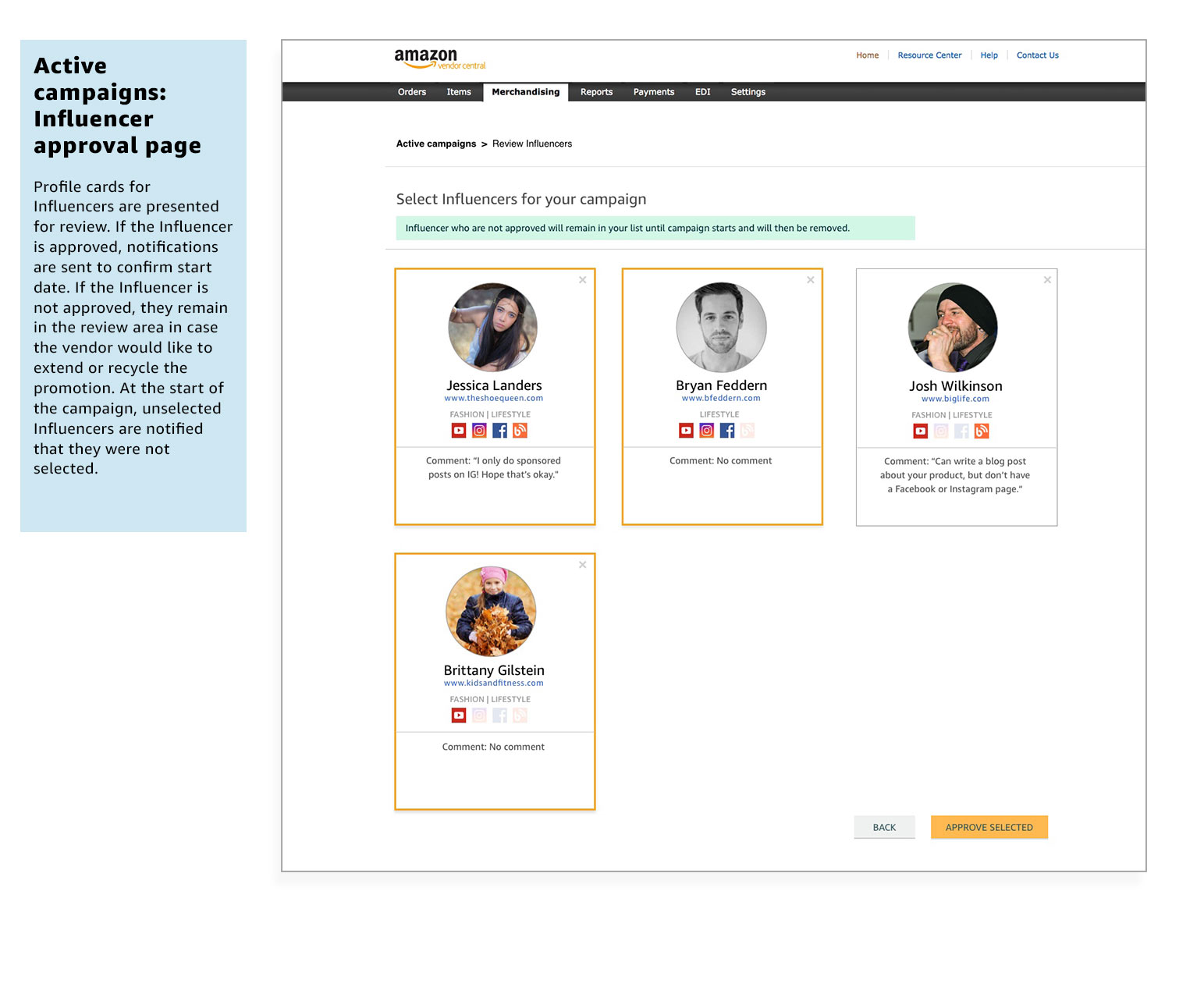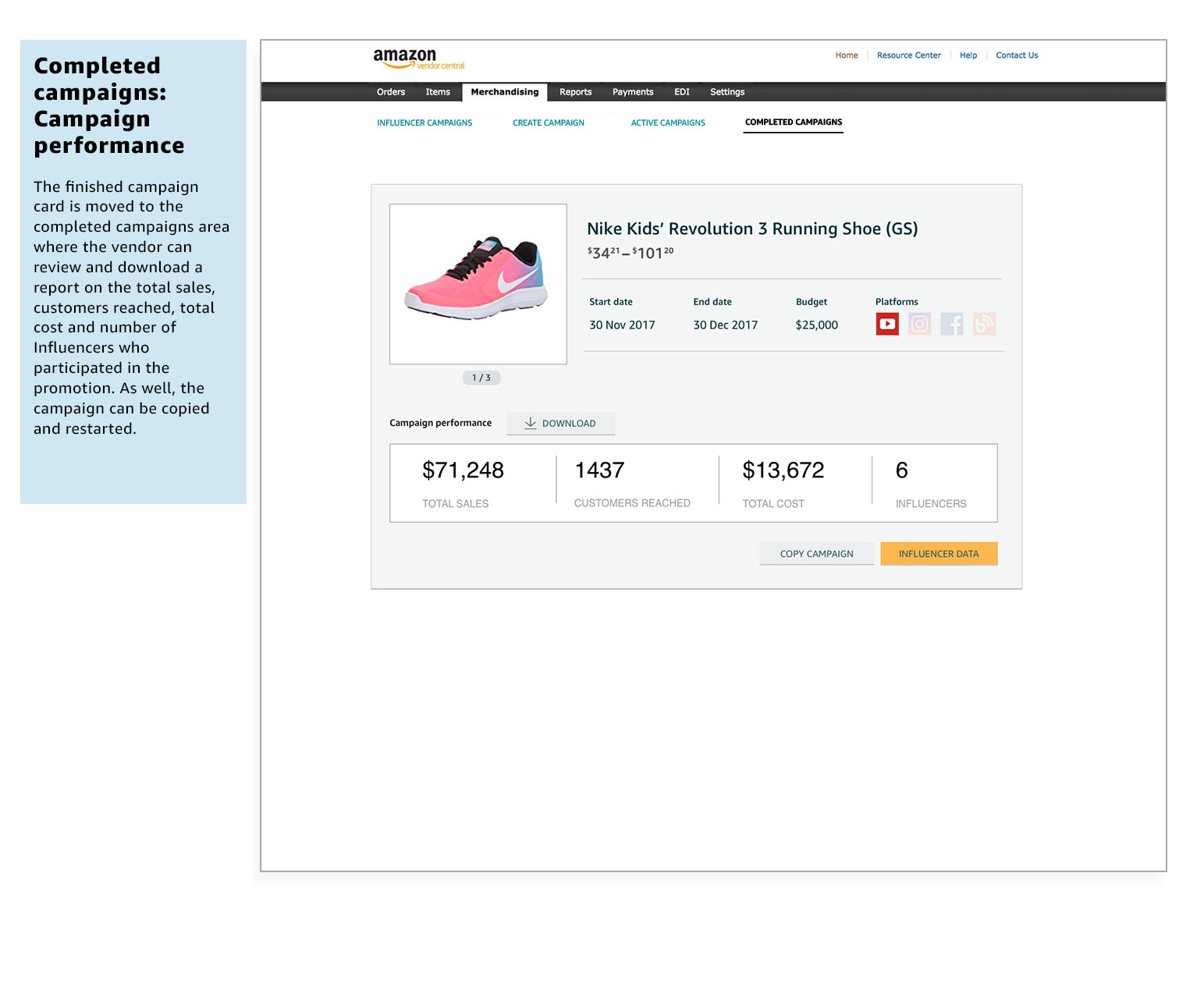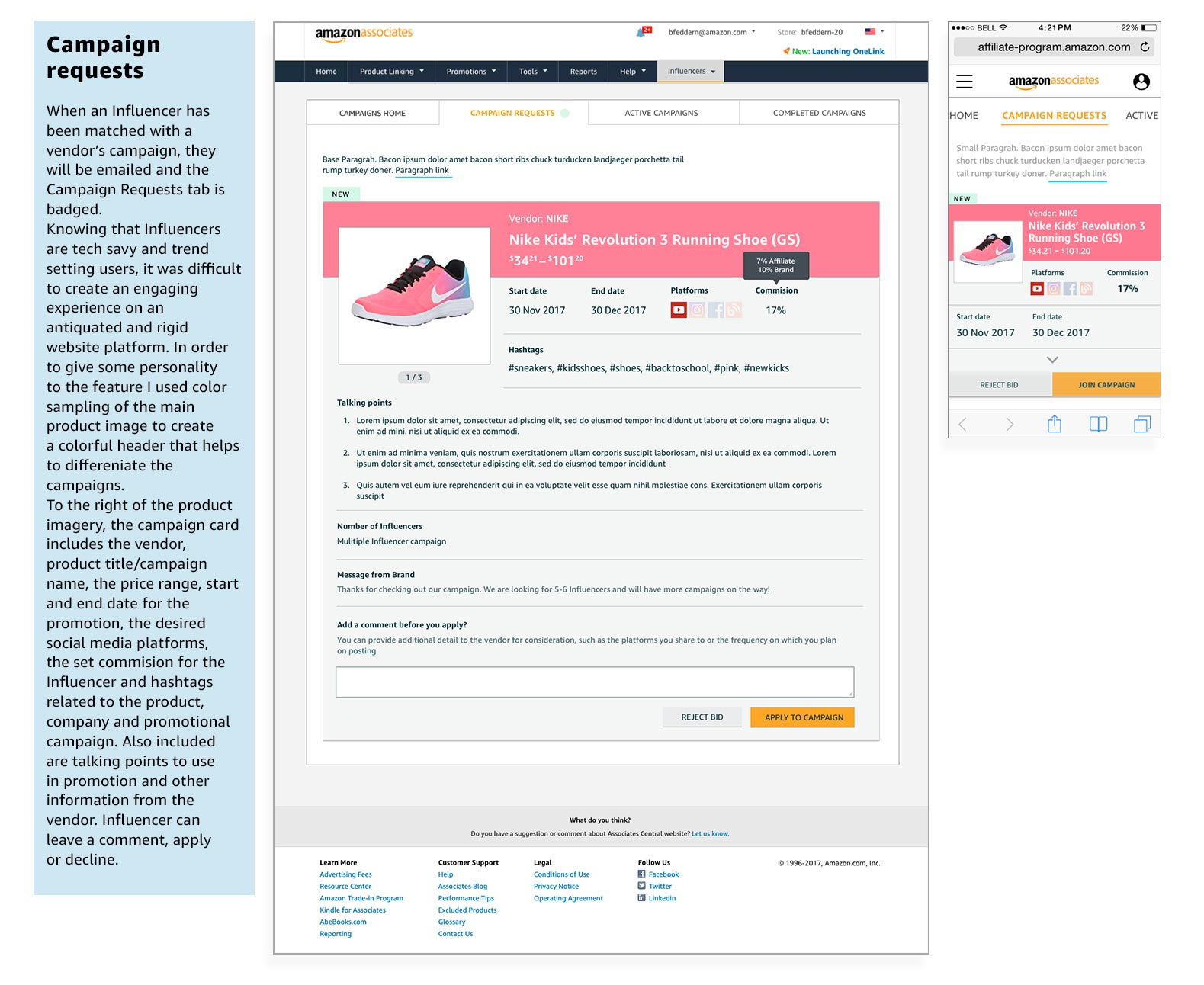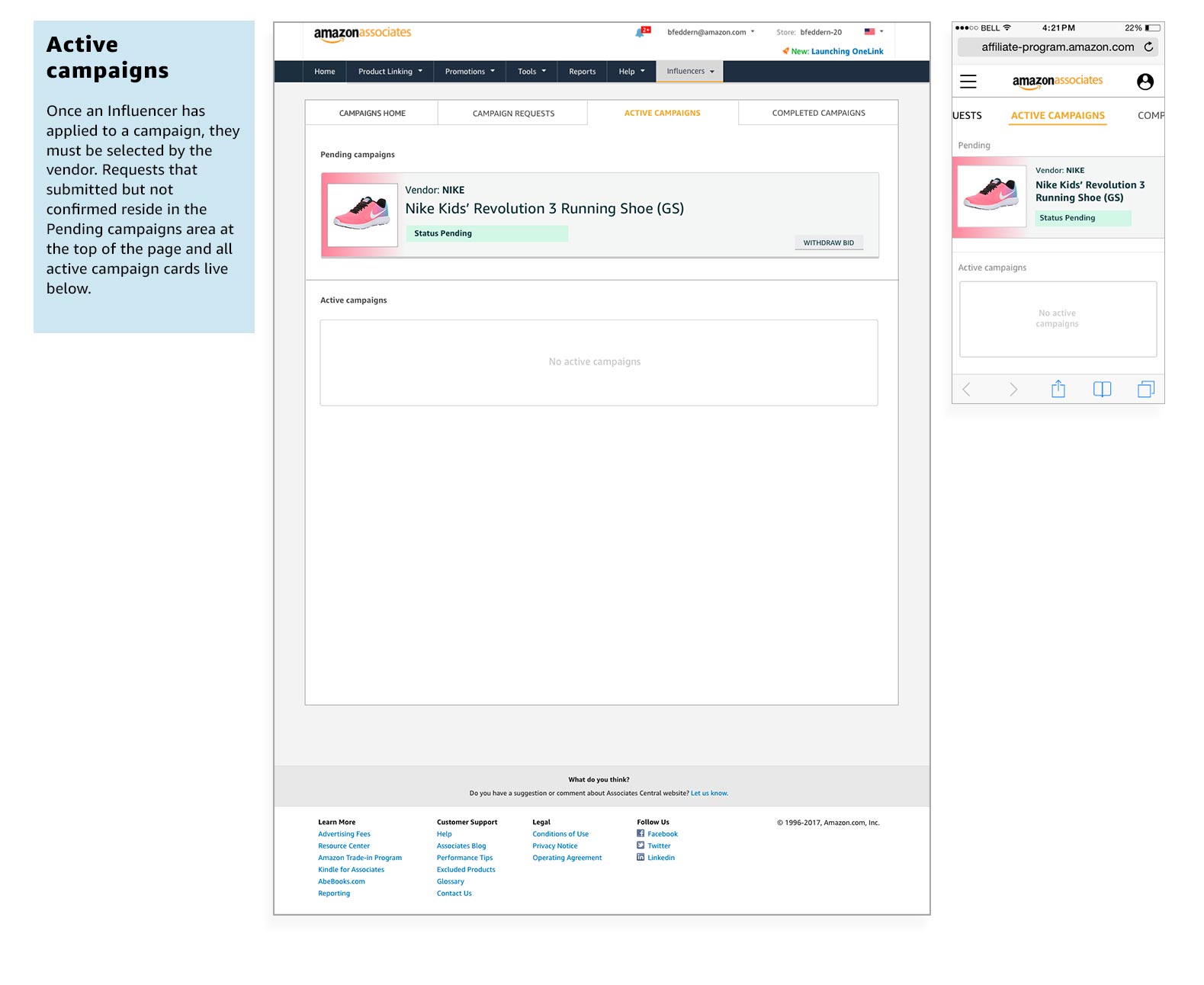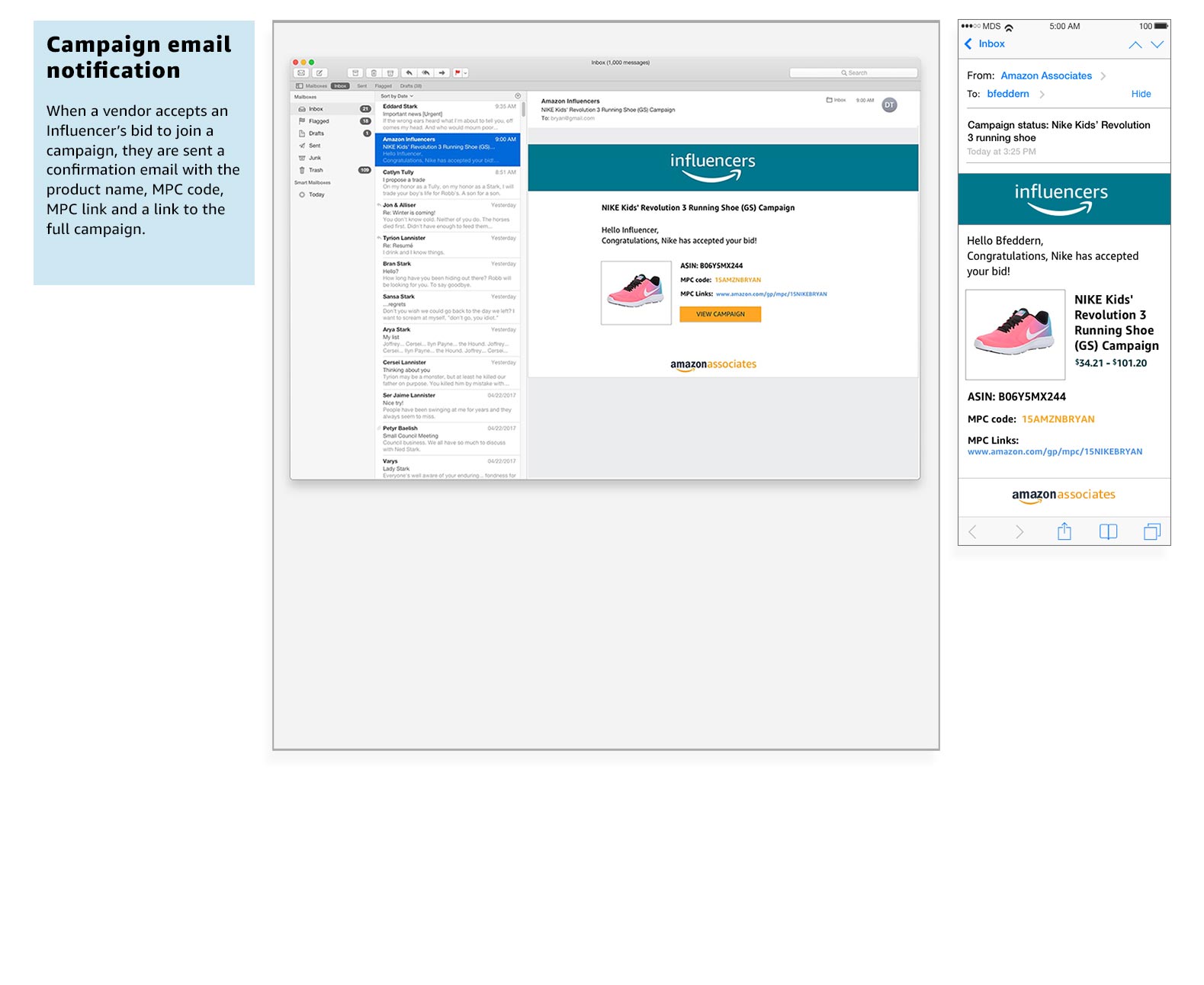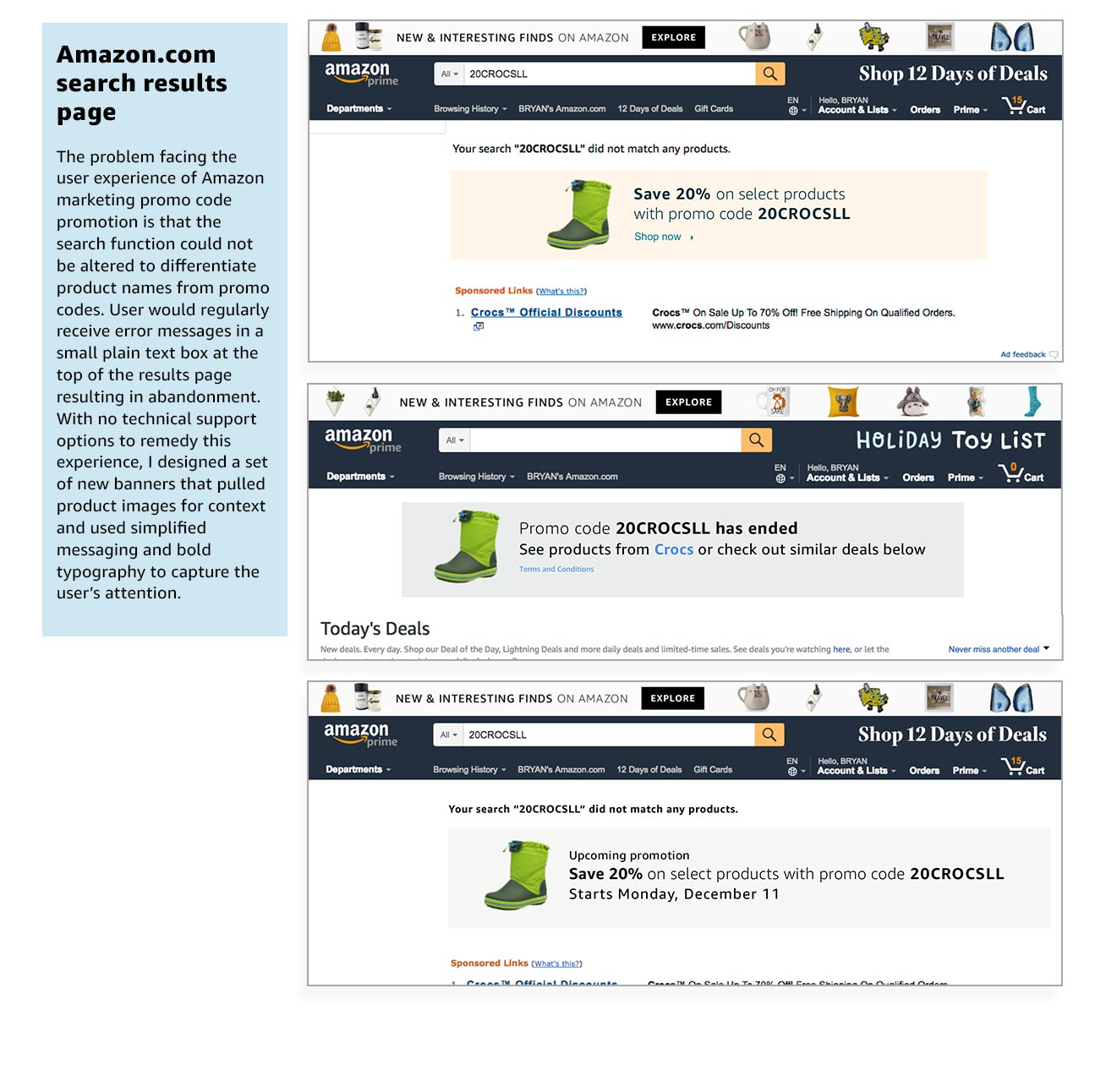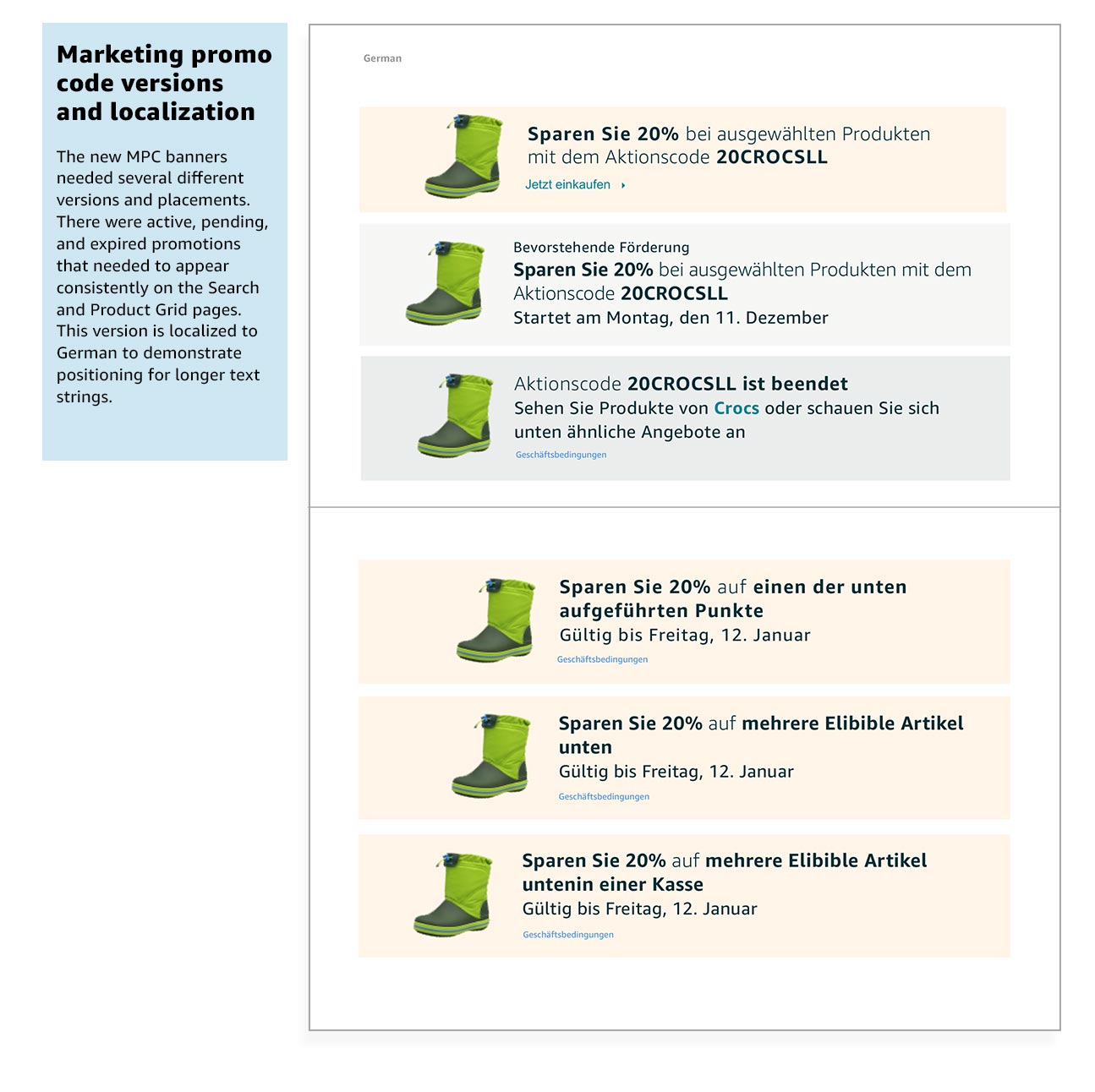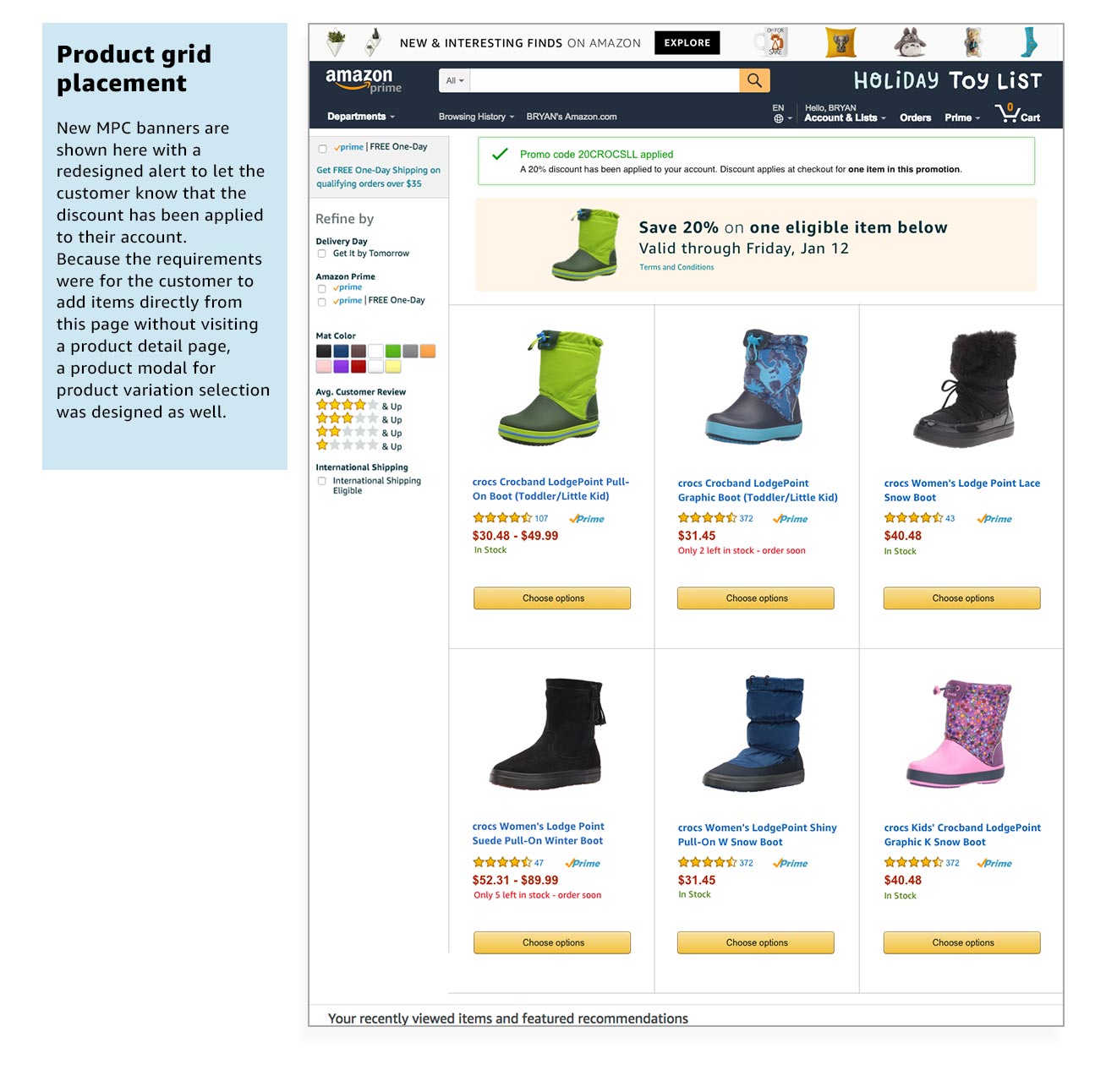Amazon Influencers: Improving the experience of Connecting companies with influencers for affiliate marketing
MY ROLE: Information architecture, UX/UI design, User research, Competitive analysis, Usability Evaluation
The Amazon Influencer Program is an exclusive affiliate marketing program for content creators with a large social media presence and following. Through the program, Influencers are given a vanity URL where shoppers can browse through their curated selection of products, making it easy for customers to purchase on Amazon, in return giving the Influencer a commission on sales. As I stepped into the role as the sole designer on this project, the team was working to change the existing manual invitation process to an online application feature, finalize a friendly marketing page and improve the experience on their main product pages for the marketing promo codes used in promotions. The main objective, however, was to launch a new business tool with machine learning that allowed brands to sponsor Influencers to promote their products on Amazon through promo codes on their social media platforms, paying commissions based on detailed metrics of the results. This was a tricky landscape to navigate and my first steps were to complete a competitive analysis of existing programs, in depth analysis of recent research and review of industry reporting and FTC guidelines. The main feature design was an interface for vendors and influencers to interact with the machine learning algorithm (MLA) to match as the program grew. The first step was to redesign the sign-up flow and marketing page which were reviewed on release by Tech Crunch.
Influencers Marketing page
Tech Crunch article on Influencer program
Hero alternatives for the marketing page
Influencer sign-up flow
This flow was streamlined and restructured from existing legacy forms and interface elements in order to assist Influencers through a rigid acceptance process.
InfluENCERS CAMPAIGN PROCESS
While a machine learning algorithm (MLA) was applied to match vendors’ promotions to Influencers within the program, there remained a complex user experience to design for both the company creating the promotion and the Influencer enlisted for the campaign. From the aging Vendor Central site, the vendor creating the promotion starts the campaign by choosing the product for the promotion, setting time and financial parameters, and review and approval of Influencers. The Influencers are sent emails and notifications when they are matched for a promotion, then apply or reject the match, use supplied campaign materials (codes, photos, video, hashtags, talking points) and record all social media activity within the Influencer page of the Amazon Associates website for review. At the end of the campaign, the interface shows the vendor analytics from the campaign including total sales, customers reached, total cost and sales driven while the Influencer receives their payout.
The process for creating this user experience involved understanding the existing ecosystems the vendors and Influencers were familiar with within Amazon, analysis of stepped process in related businesses, review of existing company research, discovery of potential platform enhancements without access to the development team and adaptation to changing requirements and management. After months of white boarding sessions, presentations and simple click-through prototyping, transition and hand-off started with the development team to finalize the project and work on related items such as the MPC enhancement started.
The campaign process is centered around contained information cards
USER FLOW: VENDOR
The vendors that will be involved in the Influencer campaigns are large brands that manage their business through Amazon’s Vendor Central. The site itself is a legacy property with no mobile component. The campaign set up process had a lot of variables and, considering the cognitive load and process involved, I chose to design the page using card components to avoid list or spreadsheet-like information presentations. This also kept campaigns compartmentalized through the different stages of the campaign and allowed me to create a companion process for the Influencer side.
USER FLOW: INFLUENCER
While the Amazon Associates website was more modern than the Vendor Central site, its mobile component and other subsequent updates were just starting development while my work was under way. Knowing that Influencers were incredibly tech savvy users, I worked hard to use my knowledge of their processes and platforms to inform a better experience. The complication of receiving bids, applying, being accepted or rejected, internal communications and recording of campaign activity on social media required many negotiations for a simplified user flow. In order to get some mileage out of a rigid platform, I used color sampling of the product image to create colorful banners on the Influencer campaign cards, creating differentiation of campaigns and adding some visual interest to the process.
Marketing Promo Code Issues
Once the process of creating the Influencer campaigns was complete, an examination of the end-to-end process revealed some necessary updates to existing UI. The MPC codes that were shared for the Influencer campaigns did not always work with Amazon’s search function. When following an MPC link, a customer could be presented with an error message on the Amazon.com search page due to the fact that promotional codes were being read as product names. This message consisted of two text lines, one stating that the search did not match any products and the second nondescript line containing a link to the promo page. This resulted in a high percentage of abandonment and there was no available support from Amazon’s search team. My solution was to create a set of contextual banners that used the isolated product image and large friendly text to guide the user.
BUSINESS GOALS:
Create stronger relationship with social media Influencers
Create marketing opportunities for large brands with Amazon
Use machine learning to automate marketing processes
Create feature for promotions involving big brands & Influencers
Improve online sales through Influencer marketing
Modernize user experiences for vendors and associates
MY ROLE:
Information architecture
UX/UI design
User research
Competitive analysis
Usability Evaluation









